Machinery Cabs: Safety and comfort revolutionized…
The operator cab is an important aspect of a machine design as operators typically spend their entire workday in the cab. While the concept of operator cabs was first initiated and installed on tractors, the use of operator cabs were
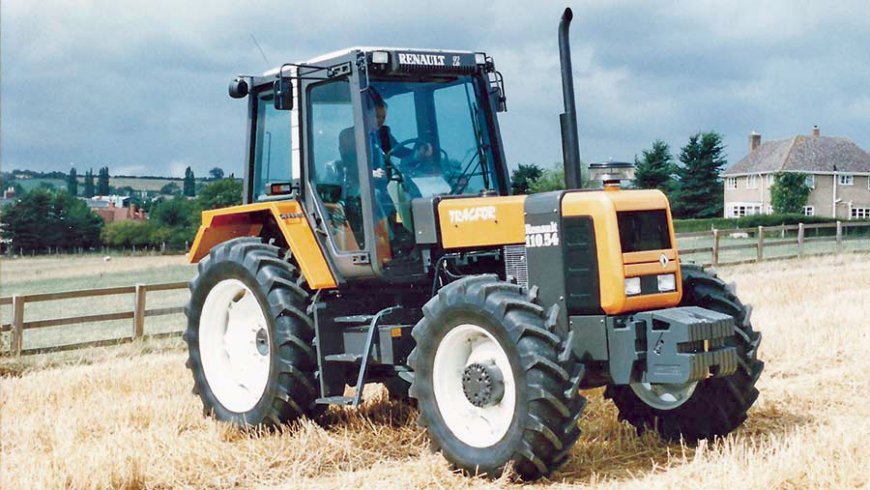
The operator cab is an important aspect of a machine design as operators typically spend their entire workday in the cab. While the concept of operator cabs was first initiated and installed on tractors, the use of operator cabs were later conceptualized in construction machinery in terms of operator comfort and safety.
Equipment Times revisits the past to look into the revolution in the operator cab segment tracing its history and the latest trends…
Machines are also becoming more complicated as more automation and control technologies are added. The pool of skilled labor is increasingly becoming a bigger challenge in the construction, agriculture and other heavy-duty equipment markets, as well. Because of these and many other reasons, simplifying operation and increasing comfort continue to be key areas in which manufacturers focus their design efforts.
There are many ways component manufacturers and OEMs are going about achieving these goals.
Driver safety and comfort are among the top essentials for today’s tractors as well as machinery, but they remained near the bottom of the priority list during the first 100 years or so of power farming history.
Steam engines were the first alternative to animal power, available in small numbers from the 1850s to drive threshing machines and operate cable ploughing systems. The engine manufacturers offered few concessions to driver comfort, and this approach continued after tractors began taking over in the 1890s.
Some very early tractors lacked a seat for the driver, and on others the seat was just a wooden box that also carried tools. Cabs did not appear until the late 1920s, when they were available only on the largest tracklayers, but there were some steam engines and tractors with a canopy providing limited weather protection.
Surviving pictures of one of the earliest tractors, an experimental Case model from 1892 show the canopy extended over the engine, but did not protect the driver.
One explanation for the absence of driver comfort, while trucks and vans were equipped with cabs and padded seats, is that almost all steam engine and tractor drivers previously worked with horses and were used to being exposed to the weather.
Perhaps more surprising is the casual disregard for safety, with operators on the early steam engines and tractors often working within easy reach of hazards such as exposed gears and unguarded spoked flywheels.
Safety standards
An example of the lack of concern for driver safety was the brief popularity of the Guide Wheel automatic steering system available in America from about 1912.
This operated while ploughing and it consisted of a frame attached to the tractor’s steering mechanism and carrying a wheel running in the previous furrow bottom.
The Guide Wheel automatically steered the tractor as it turned the next set of furrows, with the driver taking over for headland turns.
This, the makers explained, allowed the driver to dismount and walk beside the moving tractor to check the plough setting or simply for exercise, climbing aboard again to take control as the headland approached.
The popularity of the Guide Wheel faded after a few years, presumably because customers realised the perils of climbing on and off a moving tractor. Evidence that concerns about tractor safety were slowly increasing also comes from the fact that more manufacturers were equipping their tractors with brakes.
Previously brakes were usually regarded as an unnecessary extravagance, which was not quite as reckless as it sounds, because tractors were still on steel wheels until the early 1930s, restricting the top speed to about 5 or 6kph.
Overturned tractors / machinery
The biggest dangers facing the pioneer tractor drivers included the risk of injury or death if the tractor overturned, and evidence of the dangers involved was available from a survey in about 1923.
The survey featured the Fordson Model F, the most successful tractor in history with more than 50% of the world tractor market in the mid-1920s. In spite of its popularity, early versions of the Model F had a poor safety record.
The implement hitch point was positioned too high and if a plough or a cultivator hit a solid object such as a rock or tree root, the front end of the tractor could tip over backwards.
The survey found 136 drivers died in Model F overturning accidents on American farms between 1918 and 1922.
Changing the hitch point position reduced the number of Model F accidents, but overturning can occur with any tractor make or model, and the cost in terms of driver deaths and injuries rose as the number of tractors on farms increased.
There was plenty of discussion about the problem, but decisive action did not arrive until the 1950s, with Sweden taking the lead.
Cab safety frames
The rising death toll persuaded the Swedish government to introduce a law requiring an approved cab or safety frame to be fitted on all new farm tractors.
The law came into force in 1959 and during that year, when almost all working tractors had no cab, 34 drivers lost their lives due to overturning accidents on Swedish farms.
The number of tractors in Sweden fitted with a cab or frame reached 47,000 by 1963, and during the four years after the law was introduced, only one driver lost his life in an overturning accident involving a tractor with a cab.
The solitary fatality occurred when the driver, aware that the tractor was rolling over, jumped out of the cab and was crushed, while a passenger who remained in the cab survived with minor injuries.
Weather protection
Even before the safety cabs arrived, the 1950s had already brought an increasing demand for simple weather protection cabs. They were usually made of canvas and sheet metal, and were sometimes draughty, restricted all-round visibility and gave little or no protection in a major accident, but drivers welcomed the protection they offered from the worst of the weather.
Weather cabs plus safety and Q cabs helped change attitudes to operator comfort and safety. The driver became a key factor when designing a new tractor, resulting in a flow of improvements such as controls and instrument layouts, better seats, ease of access to and from the cab and adding power steering, air conditioning or better sound equipment.
Suspension systems were another big advance including the Renault Hydrostable cab in 1987, followed by JCB’s Fastrac self-levelling front and rear suspension in 1990.
www.fwi.co.uk
Design And Development Of A Safety CAB For Operators Comfort
The important factor influencing the efficiency in the operation of the tractor is the extent to which it has been designed to meet the human capabilities and limitations. Developments and improvements in agricultural machinery and vehicles, especially tractors, have encouraged the provision of cabs in order to improve the operator’s safety, well being and productivity.
With the emphasis on increasing awareness of the potential benefits of ergonomic and economics cab design, a schedule survey was conducted. A low cost safety cab was developed to improve the working efficiency, safety and comfort of the operators who can not afford to buy an external side shades were provided to protect the glass portion from direct solar radiation. Subjective scale was developed and safety cab evaluated for it’s performance on the basis of thermal stress index, subjective assessment, noise level and vibration level. Instrumentation used includes sound level meter, vibration meter, anemometer, digital temperature indicator and dry and wets bulb thermometers.
Dry bulb temperature inside the cab was lowered by 2.34°c (i.e. from 32.20 to 29.86°c) with thermal stress index in between 3 to 4, giving thermal sensation in comfortable zone, during the peak period of the day. The operations transportation, harrowing and ploughing as rated by all the subjects were 2.50, 3.00 and 3.20 respectively, on the subjective scale. Noise level was lowered to 83.86 to 86.33 dBA for all the operations whereas vibration level was found to approach the safe limit only during ploughing. Hence, scope of tractor cab can be enhanced by bringing its advantages in the knowledge of the tractor owner as well as operators.
www.aspee.com
Siac and the cabs..!
Italian cab manufacturer Siac’s roadmap is synonymous with the history of driving units and cabins for agricultural and earthmoving machinery. In the early 1970s the agricultural market considered the introduction of equipment more evolved than safety driving units to protect the driver from climate and environmental conditions.
Siac was among the first manufacturers of cab structures that tackled this market by developing the first cabs using a more industrial approach: the first customers to rely on Siac were Same, Landini, Fiat, Massey Ferguson, and Deutz.
It wasn’t long before the requests coming from the market became more and more demanding in terms of protection from noise, climate, pollution, vibrations and heat: all elements that bothered operators by limiting their efficiency as well as being Siac responded by developing cabs with light but resistant structures, meeting safety requirements (directive 201/73 January 1974), highlighting visibility and developing, in cooperation with top level partners, insulating and aesthetic elements with new, great innovations and captivating design.
Due to the strong market demand, Siac focused on fundamental components like complete pedal assemblies, steering columns (patented solutions), heating/air conditioning groups, PU components for its own needs and solution proposals to its customers’ problems. Such hectic activity has been supported by a constant evolution of production equipment, as well as of designing tools and structural calculations, which drastically cut homologation timelines.
The requested volumes kept growing and some customers evaluated the idea of integrating such an important part of the product the cab to their machines. Siac had already foreseen this natural development and leveraged its experience on the agricultural market to enter into the construction one.
Thanks to such technological know-how, the first cabs for Fiat-Hitachi were born at Siac’s plant, with cab structures produced completely from deep-drawn metal-sheet and with the use of among the first in Europe 3D metal sheet laser-cutting technology. This brave choice enabled Siac to reach automotive levels of quality, even for small/medium batch volumes.
The market welcomed Siac’s determination, as well as its capability to propose avant-garde solutions thanks to a modern engineering department and evolved production equipment with robotized welding lines and 2D-3D laser cutting equipment.
Customers recognized Siac as a leader proposing solutions to the problems they faced during the development of their products. At that moment, the first cabs for Liebherr excavators, Fiat Hitachi’s wheel loaders, dozers and telehandlers, Mecalac excavators, Furukawa’s wheel loaders, Komatsu’s mini and midi excavators, and Caterpillar’s track loaders became consolidated products in Siac’s production as well as products that are satisfying for the customers.
Thanks to such important cooperation, Siac was able to develop technical innovations and solutions such as the first curved, one-piece windshield, pasted directly on the metallic frame of wheel loader cabs for Fiat Hitachi; the first modular cab for Liebherr excavators (with just one modular cab, it was possible to have three different sizes: narrow, standard and wide cab); and Caterpillar’s TTL cabs with front pillars covered in PU trim, reaching a top aesthetic level.
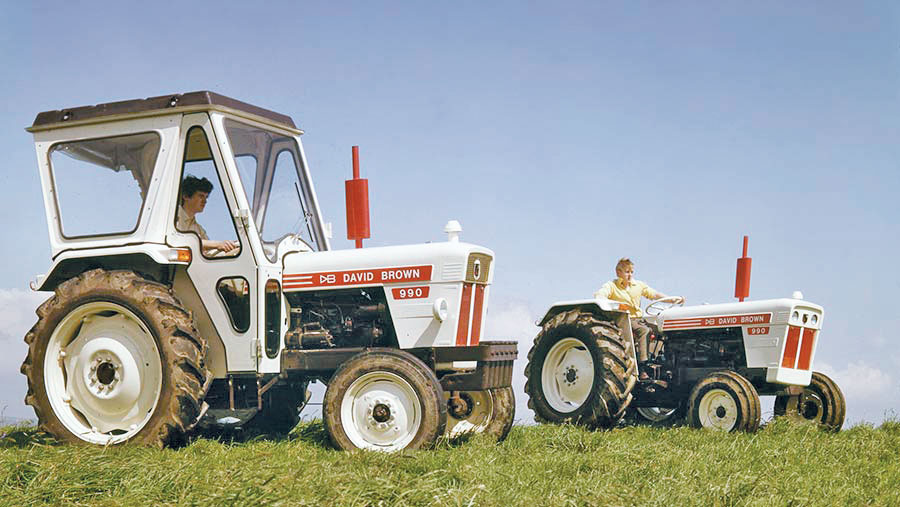
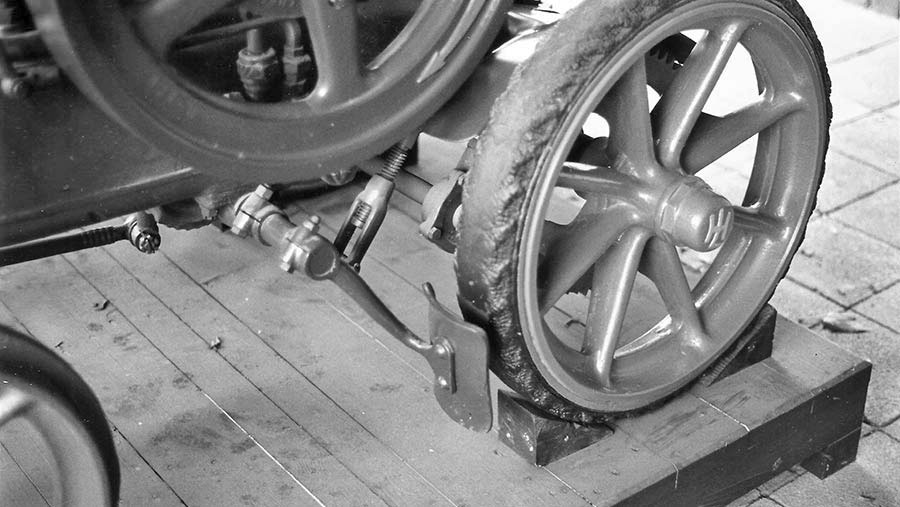
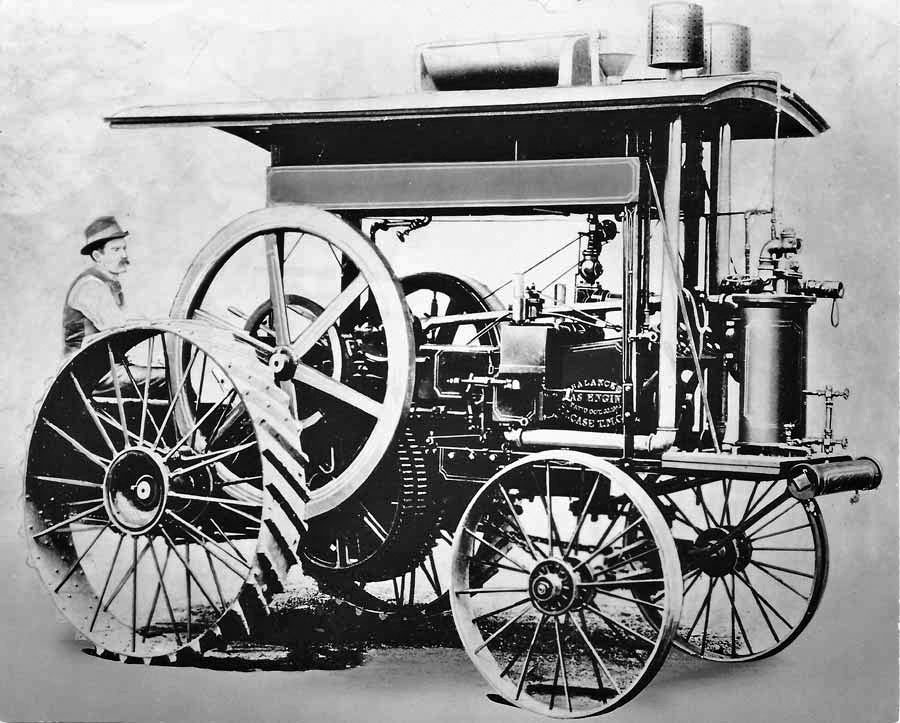
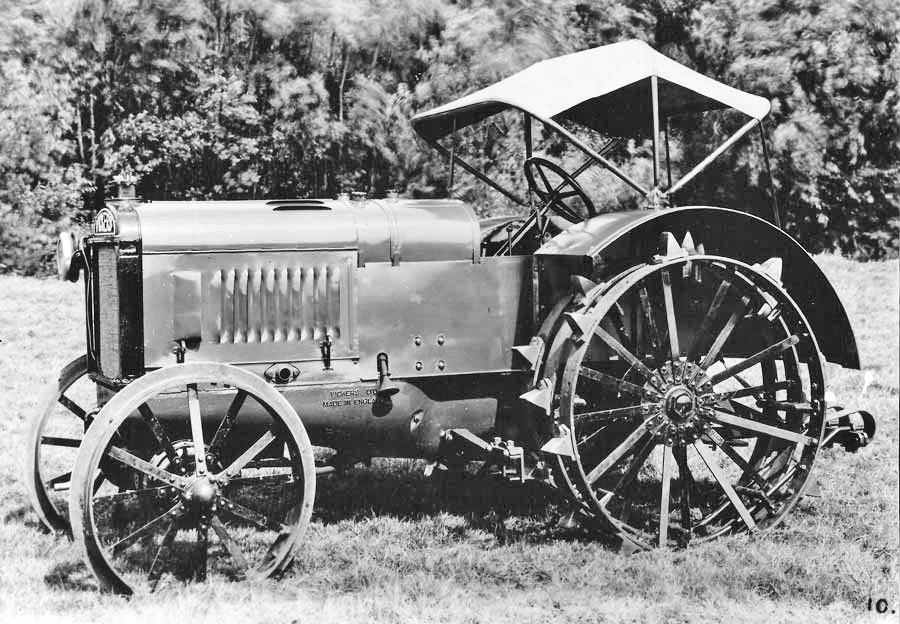
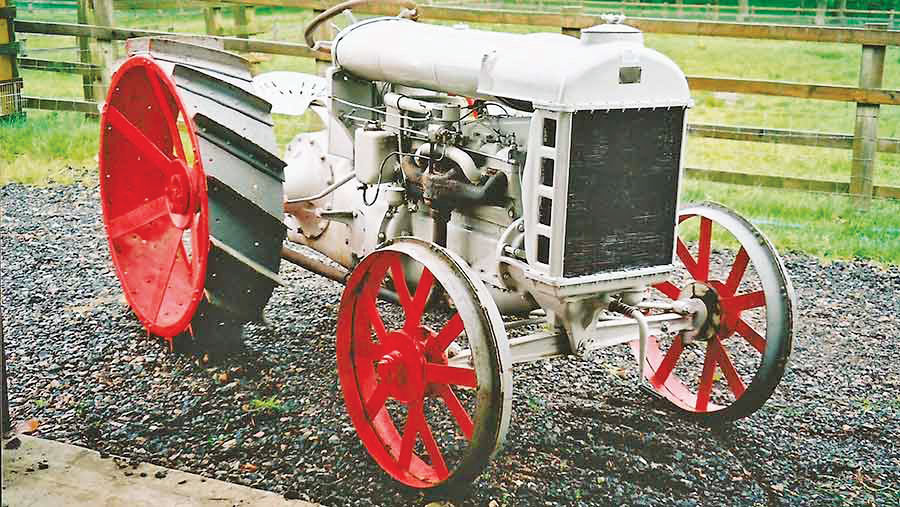
Hits: 69








